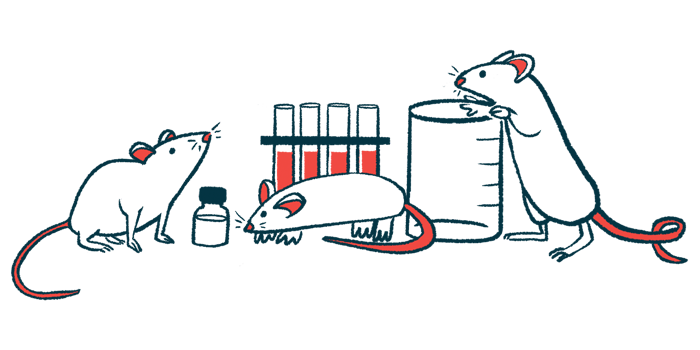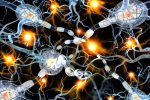Neuturin Protein in Muscles May Be of ‘Therapeutic Value’ in ALS

A signaling protein called neurturin promotes the development of muscles with greater endurance, leading to better exercise performance and coordination, according to a new mouse study.
The results suggest that therapeutic approaches using neurturin — for example, using a gene therapy that encodes the protein — might be useful in treating diseases like amyotrophic lateral sclerosis (ALS) that are characterized by muscle weakness.
“There’s much to be done, but we believe this could be of therapeutic value for patients with metabolic and neuromuscular diseases, such as type 2 diabetes and ALS,” Jorge Correia, a researcher at the Karolinska Institutet, in Sweden, and the first author of the study, said in a press release.
The study, “Muscle-secreted neurturin couples myofiber oxidative metabolism and slow motor neuron identity,” was published in Cell Metabolism.
It is well-established that regular physical exercise makes muscles get stronger and have better endurance. However, the molecular mechanisms by which this happens are not well-understood. In the last decade or so, several studies have indicated that the signaling protein neurturin, abbreviated NRTN, is increased in muscles by exercise.
Seeking to better understand the role of this protein, a team led by scientists at the Karolinska Institutet used genetic engineering to create mice whose muscles made abnormally high levels of neurturin. These animals were referred to as HSA-NRTN mice.
“Strikingly, HSA-NRTN mice showed a remarkable improvement in motor coordination” across a series of tests, the researchers wrote.
For example, HSA-NRTN mice outperformed wild-type (non-engineered) mice on the rotarod test, a common assessment of coordination in which the animals have to stay balanced on a rotating rod.
“Not only did HSA-NRTN mice greatly outperform wild-type littermates on the first rotarod trial, but they also showed a greater improvement in subsequent trials,” the researchers wrote.
The engineered mice also were “able to run twice as much as wild-type littermates when [given] a treadmill running capacity test,” the team added.
However, and notably, the HSA-NRTN mice had decreased grip strength.
The researchers conducted a series of biological tests to determine the effect of high neurturin levels on the mice’s muscles. They noted a “striking increase” in the amount of blood vessels in the mice’s muscle tissue, and in the muscle cells’ oxidative capacity — essentially, how well they were able to utilize energy.
The testing showed that the physical structure of the mice’s muscle cells was altered, as was the physical structure of their motor neurons — the nerve cells that tell the muscle cells when to move. There also were marked changes in the gene expression profiles — which genes are “on” or “off” — in both the muscle cells and motor neurons.
A motor neuron and the muscle cells it controls are together known as a motor unit. There are two broad types of motor units, fast and slow. Generally, fast units are able to generate more force, but are easily fatigued. By contrast, slow units are generally less powerful, but have greater endurance. Notably, slow units also are more resistant to degeneration, of the sort that happens in ALS.
Collectively, the cell data indicated that neurturin promoted a shift toward more slow motor units and fewer fast ones. These cell-level findings are in line with the increased physical endurance, and the decreased grip strength, displayed by the HSA-NRTN mice.
These results imply that increasing neurturin signaling may help to promote muscle health in people with diseases like ALS. However, the neurturin protein is not effectively distributed in the body when administered alone.
To try to overcome this limitation, the researchers used an engineered viral vector to deliver a copy of the gene encoding neurturin to the mice’s liver cells. This strategy is essentially what is used in gene therapies, which modify specific genes within a cell.
“By having continuous production and secretion of high levels of NRTN by the liver, we aimed to maximize the amount of NRTN” that would get into circulation and reach muscle cells, the team wrote.
Mice treated with this neurturin gene therapy had marked improvements in motor coordination, the results showed.
“With this approach, we were able to show that systemically delivered NRTN can target skeletal muscle and improve motor coordination,” the researchers concluded.
They added that further work on this strategy, along with other research that seeks to improve how the neurturin protein is distributed, “establish a good framework for the development of NRTN-based therapeutic agents.”
The researchers hope to develop therapies, with neurturin, that would enable “more resistance to degeneration,” said Jorge Ruas, a professor in the department of physiology and pharmacology at Karolinska and the study’s corresponding author.
This work “opens really exciting possibilities for the future,” Ruas added.








